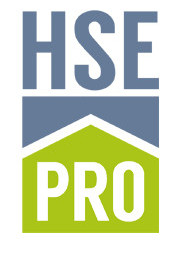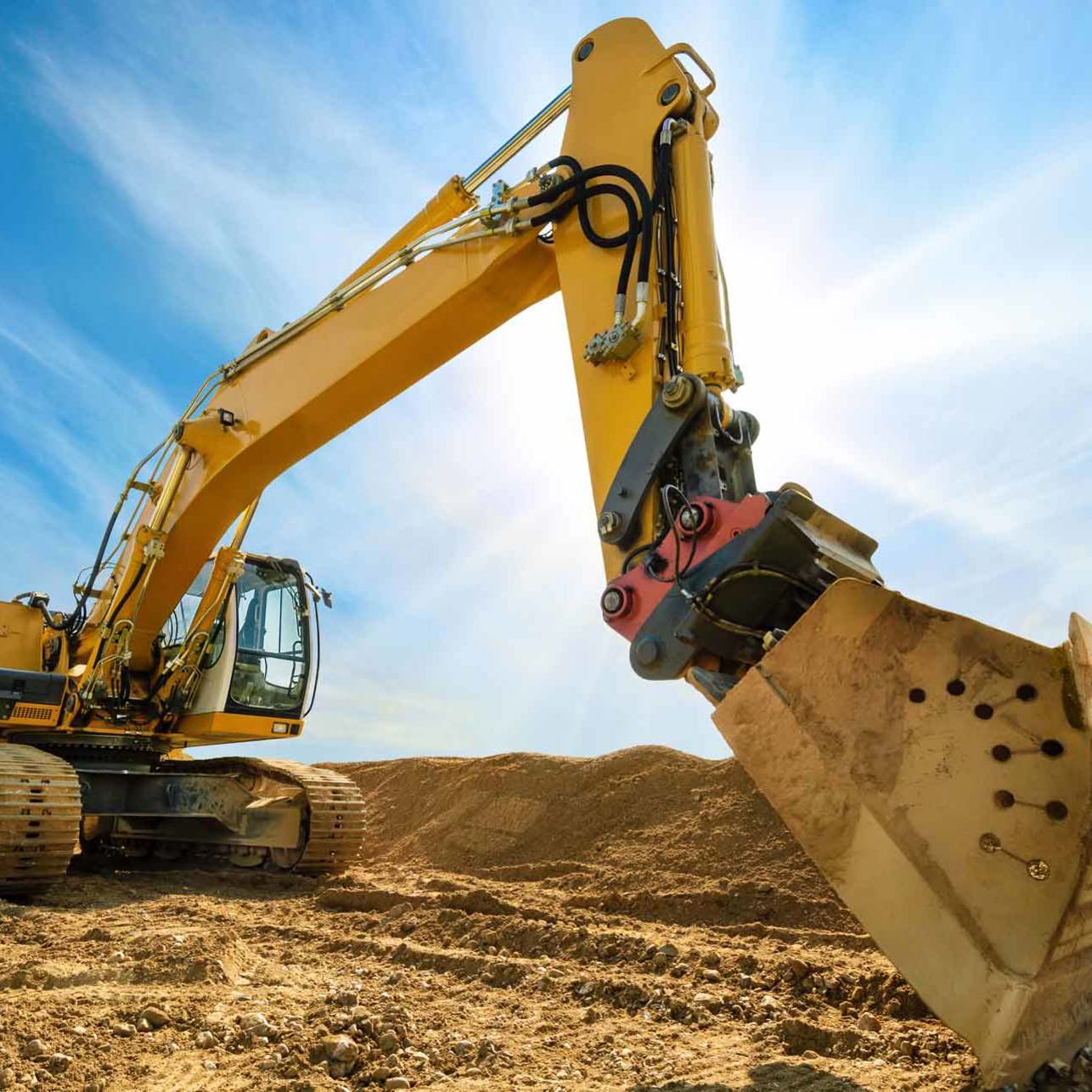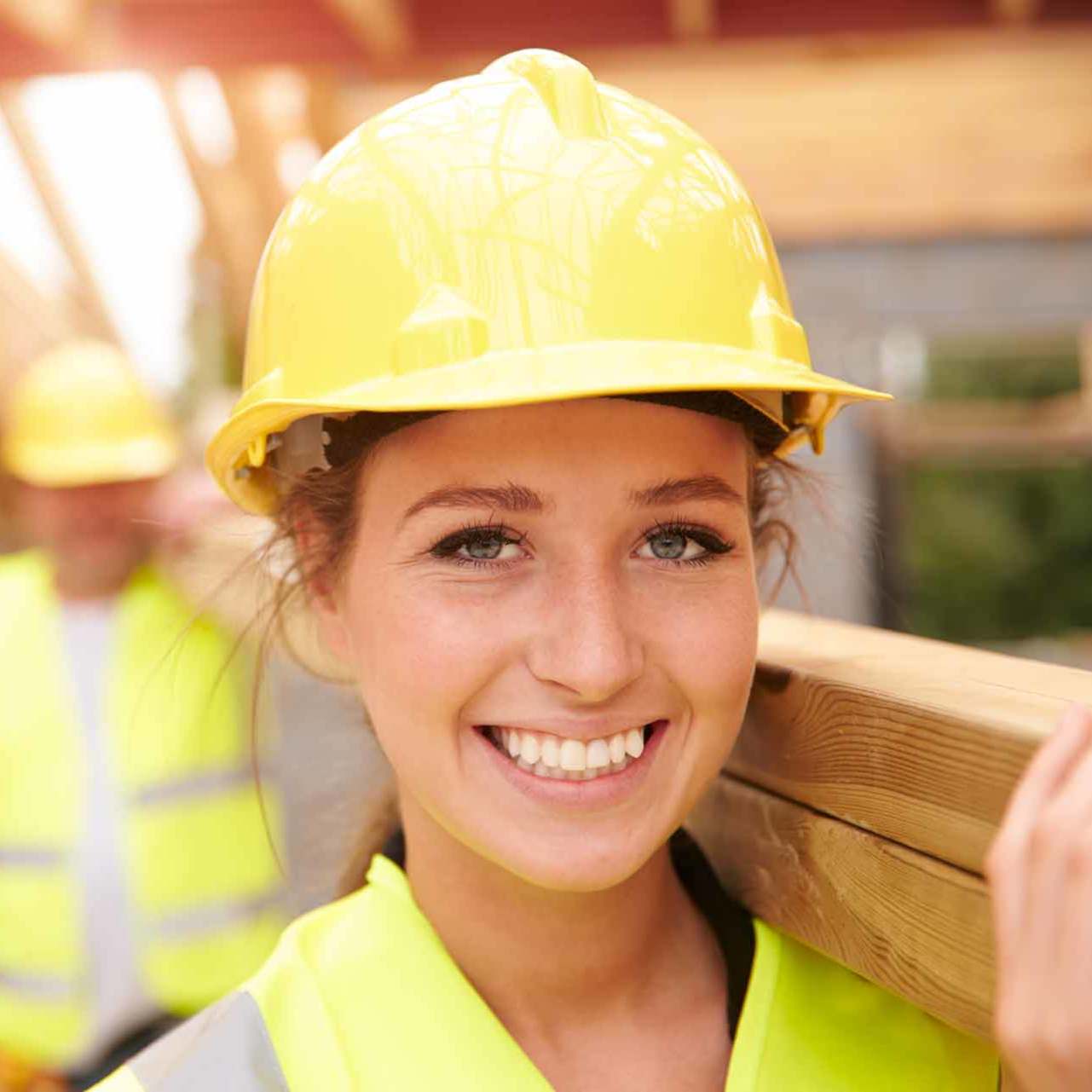
Testing & Calibration
Periodic Testing & Compliance
PUWER Inspections
LOLER Inspections and Certification
WAH Inspections and Certification
Bespoke Periodic Inspections service
Lifting Operations and Lifting Equipment Regulations 1998 (LOLER)
We carry out the inspection of lifting equipment. Equipment covered by these regulations include:
Passenger & Goods Lifts
Fork Lift Trucks
Hoists
Excavators & Earth Moving Equipment
Cranes, Mobile and Fixed
Window Cleaning Rigs
Lifting equipment includes any equipment used at work for lifting or lowering loads, including attachments used for anchoring, fixing or supporting.
The regulations cover a wide range of equipment including, cranes, forklift trucks, lifts, hoists, mobile elevating work platforms and vehicle inspection platform hoists.
The definition also includes lifting accessories such as chains, slings, eyebolts etc.
Lifting Accessories List
Block/Brick/Kerb Grab
Cam Clutch Lifting Eye
Cargo Net
Chain Sling
Climbing Rope
Concrete Skip
Crane Forks
Crane Scale/Load cell
Doughty Coupler
Endless Polyester Sling
Eye Bolt
Fibre Rope Sling
Gin Wheel
Girder Clamp
Grab
Hook
Hull Lifting Attachment
Lifting Beam
Lifting Cleat
Lifting Frame
Lifting Tong
Magnet
Manhole lifting Pin
Personnel Lifting Sling
Plate Clamp
Rigging Screws
Ring Clutch Lifting Eye
Safety Harness
Safety Lanyard
Shackle
Snatch Block
Spreader Beam
Storage Basket
Swivel
Web/Belt Sling
Wire Rope Sling
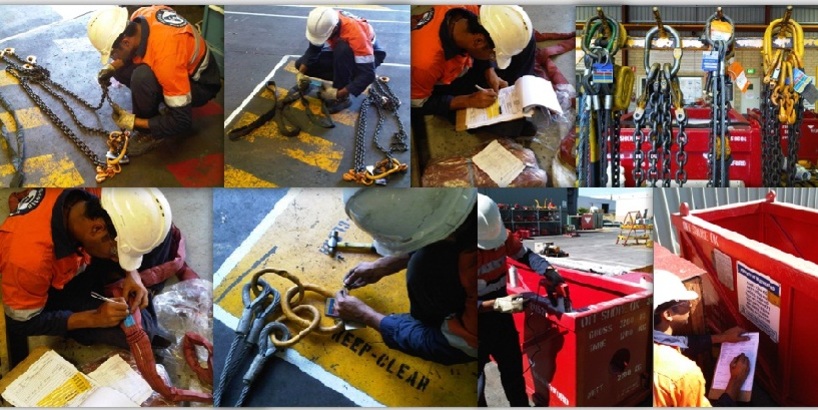
Consultancy and Advisory
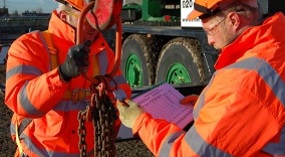
The inspection is specifically to identify defects which are or may become a danger to persons so that they can be rectified.
Ideally these should be rectified as soon as possible, however, some are more important than others and so defects are categorised according to the severity of defect.
wWhen they need to be rectified and whether they must be reported to the enforcing authority (In certain cases this is a legal requirement and is required whether the defect is rectified at the time or not.).
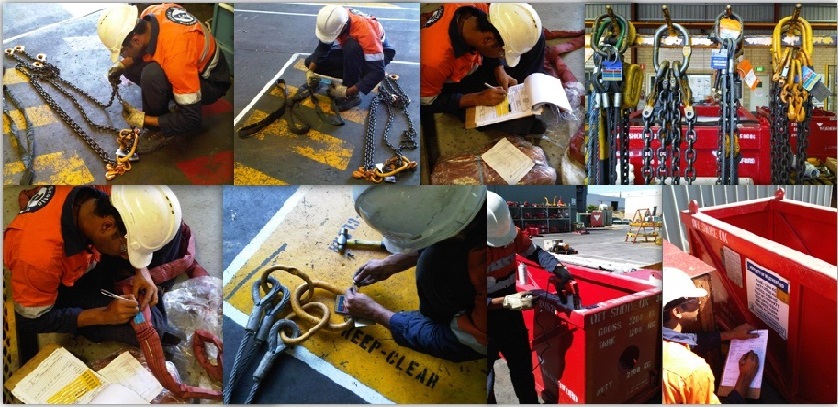
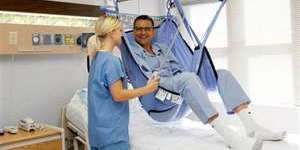
Inspection Services
When we provide ‘inspection services’ and our Engineer Surveyor (also known as the ‘Competent Person’) would make an appointment, confirm availability of the equipment and on arrival provide identification and complete any formal health and safety site requirements.
A site risk assessment would be carried out on the equipment, ensuring firstly that it is safe to examine and, secondly, identifying the safety critical parts, considering the type and complexity, risks involved, use, age, condition, servicing state, repairs carried out, environment and other aspects relevant to the continued safety of the equipment.
This will determine the scope of inspection, which would include a thorough visual examination of accessible parts of the item, focused on those safety critical components and their potential for failure, mechanical or electrical safety devices designed to protect persons and functional testing as appropriate.
Where Engineer Surveyors cannot be assured, for example hidden load bearing components, they may call for additional supplementary tests. These would be more intrusive and normally carried out by the equipment servicing company or specialist testing organisation eg NDT.
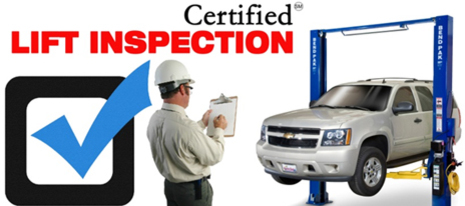
Click on this text to edit it.
Click on this text to edAny lift inspection should never be overlooked, as always HSEpro inspection services are more than happy to assist you.
Alongside our expert lift maintenance and emergency call out services, we also provide our residential and commercial customers with testing and inspection options throughout London, Essex, Suffolk,Norfolk and all the Home Counties.t it.

